Port
The Thessaloniki Port is located on the western side of the centre and hosts several cultural spaces.
Location
Timeline
Modern and Contemporary era (1912 - )
1912 Completed with a big delay for several reasons (e.g. wars, porters’ reactions). The Turkish warship Fethi Bulent is sunk near the breakwater. It was torpedoed on October 18, 1912 (Balkan Wars).
1925 The port is connected with the ports of Piraeus, Alexandria, Marseille, Black Sea, Istanbul and Galatsi.
Ottoman era (1453- 1912)
1896 Beginning of construction.

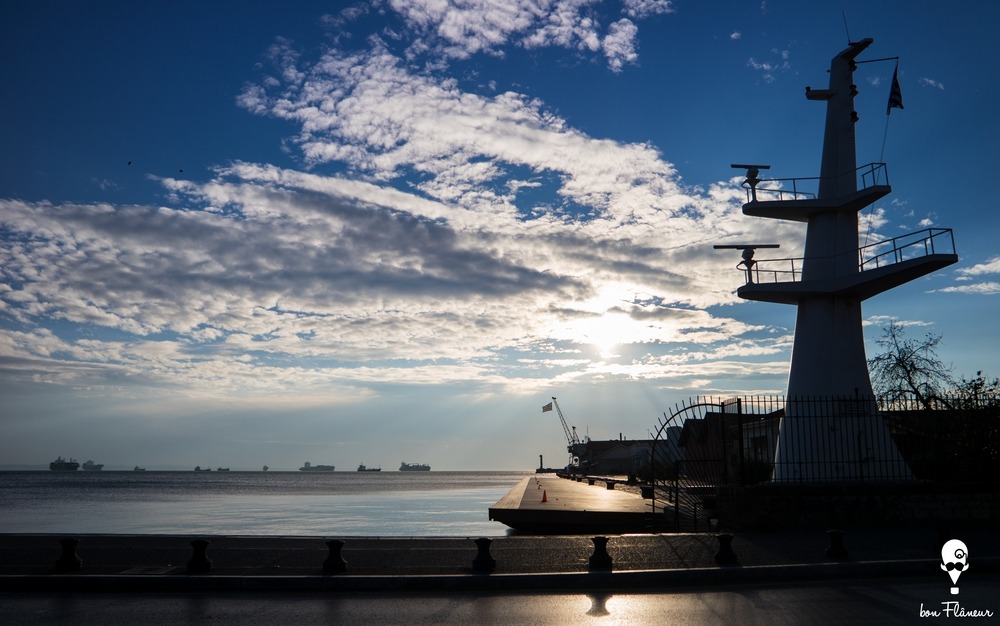
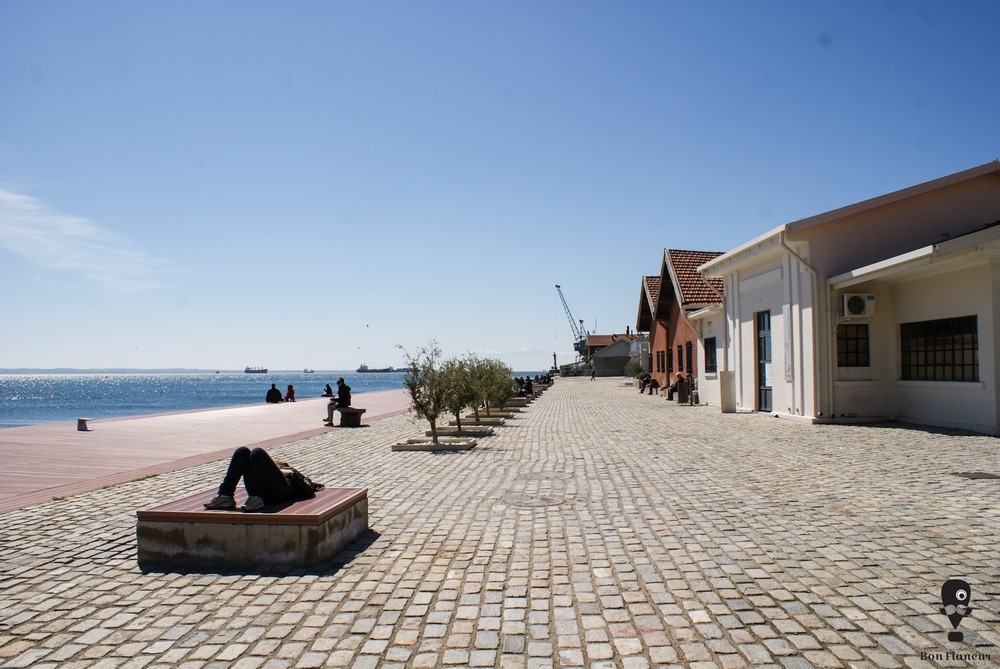
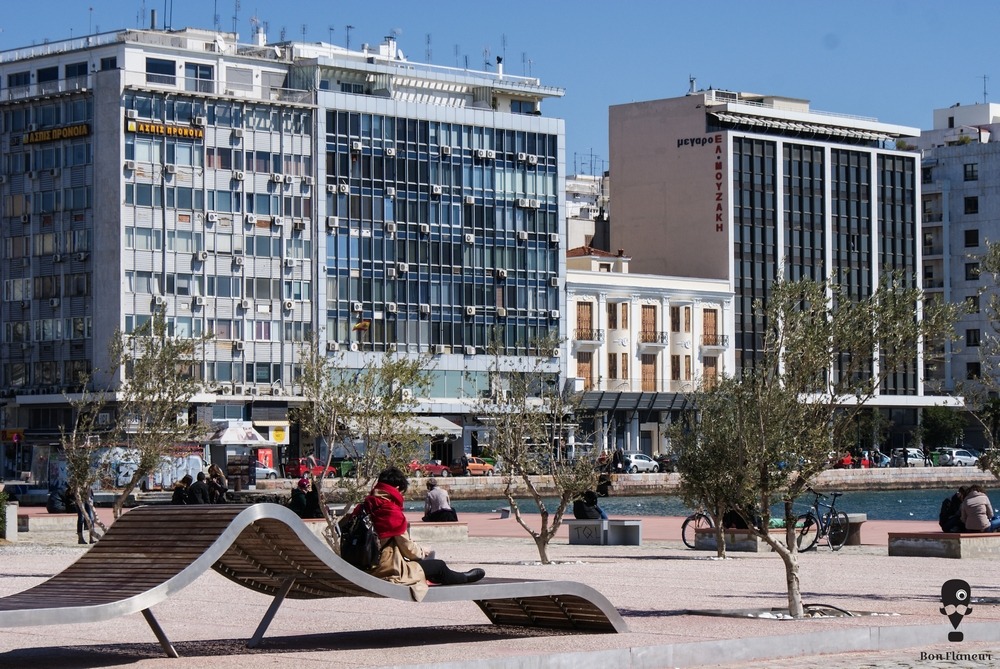
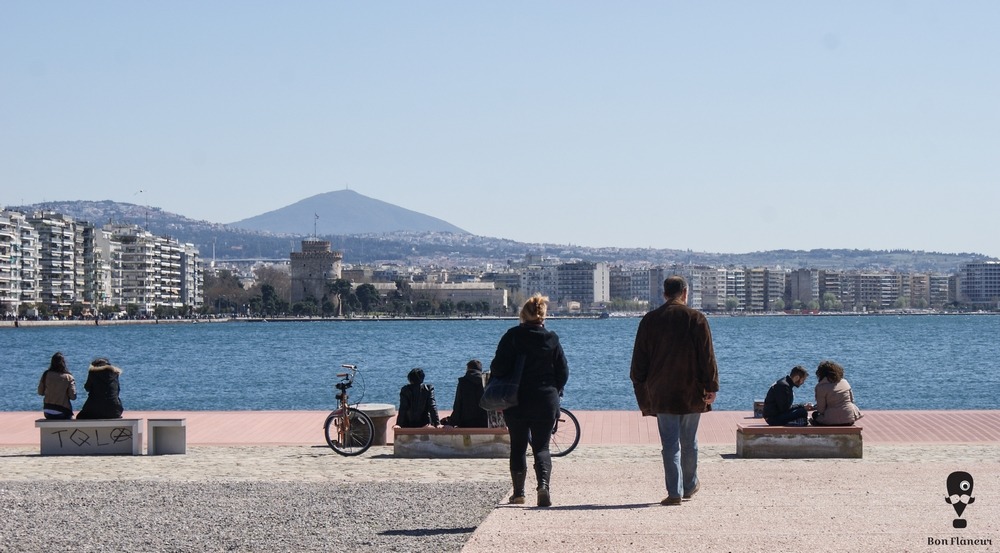
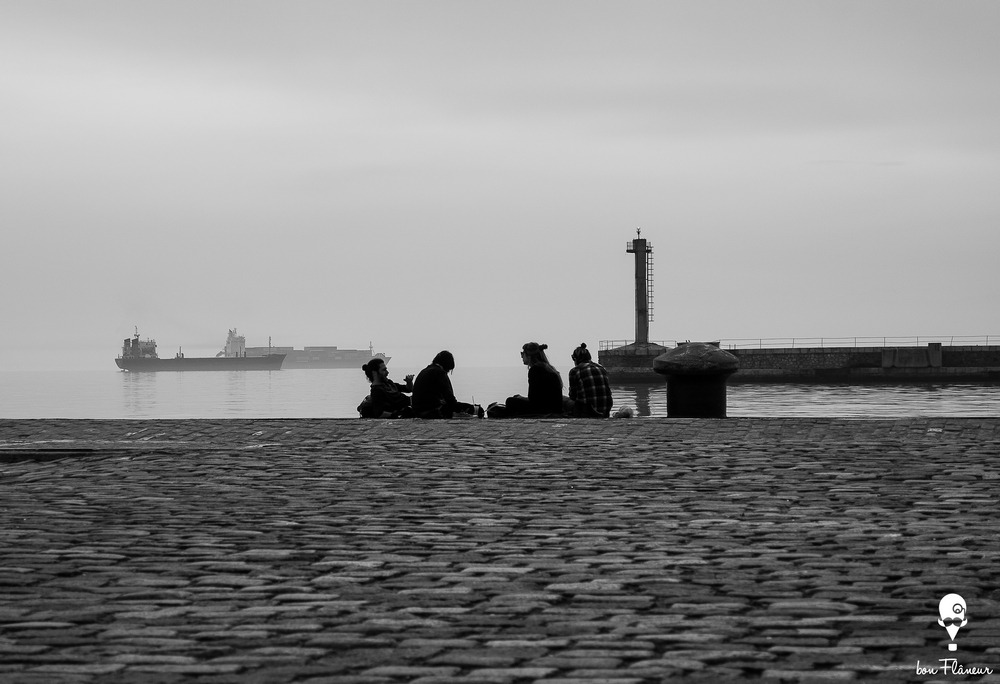
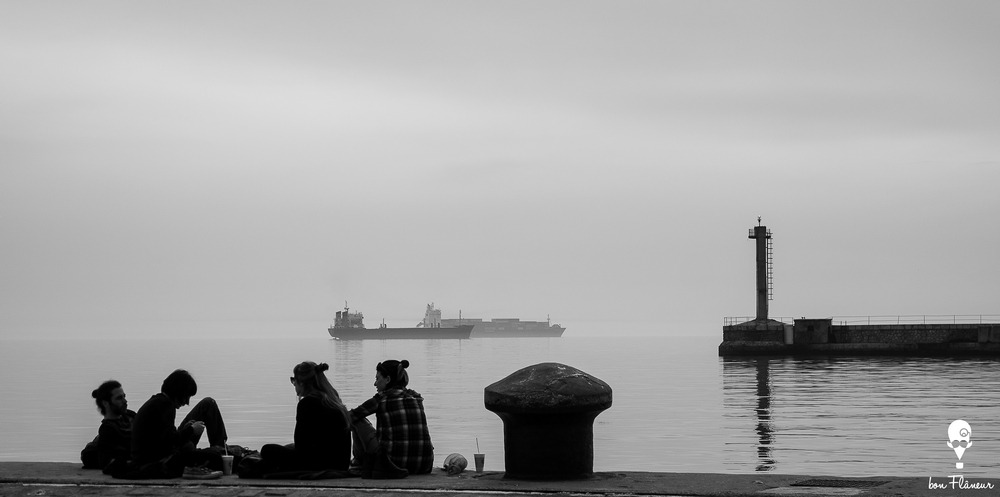
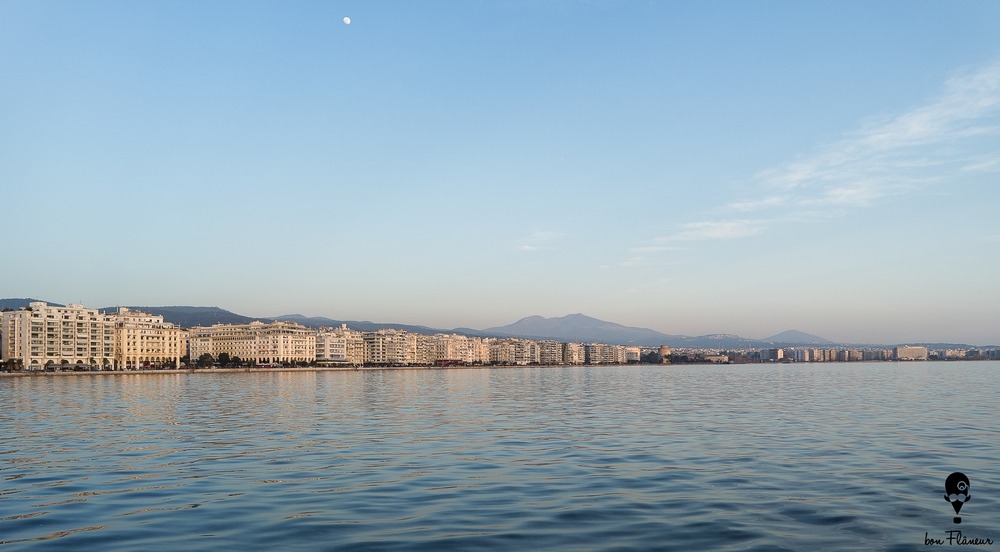

Share